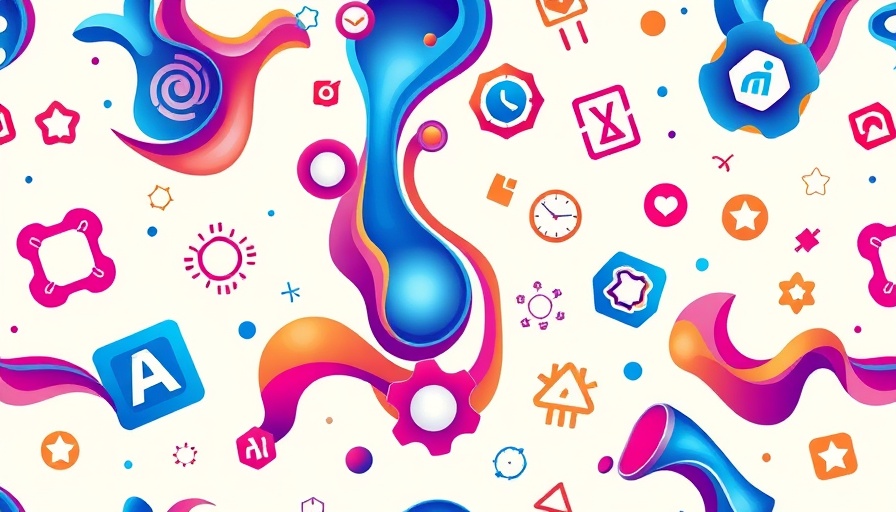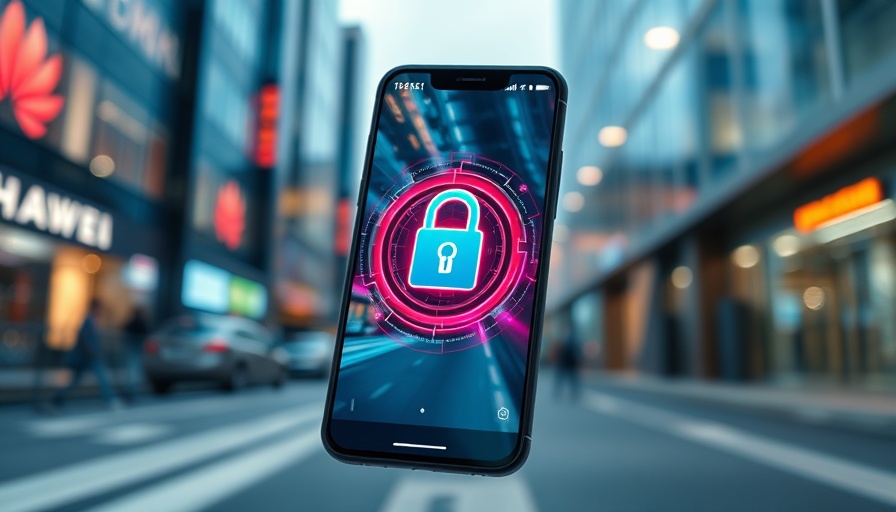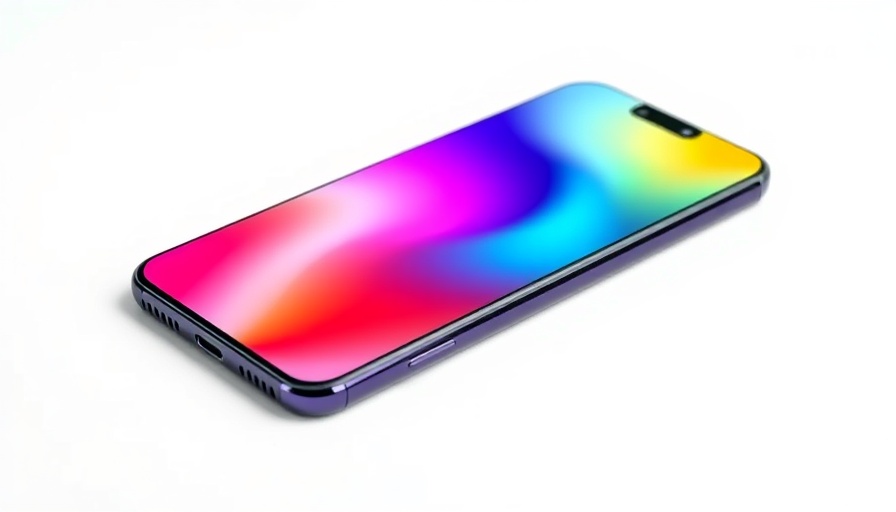
Understanding the AI Security Risk at Meta
The announcement from Meta about fixing a critical security bug highlights ongoing issues that tech companies face as they leverage artificial intelligence (AI) technologies. A vulnerability allowing users to view other individuals' prompts and AI-generated responses certainly raises eyebrows, not only about Meta’s system security but also regarding user trust in AI technology as a whole.
What Happened?
Meta received a bug report from Sandeep Hodkasia, a security researcher who discovered the issue while experimenting with its AI tools. The flaw, discovered at the end of 2024 and patched in January 2025, allowed users to access private prompts simply by guessing unique identification numbers assigned to the queries. Hodkasia explained, "The unique numbers generated by Meta’s servers were easily guessable, potentially allowing a malicious actor to scrape users’ original prompts." On the bright side, Meta confirmed that there was no evidence this bug was maliciously exploited before the fix was deployed.
In Context: Growing Privacy Concerns
This incident occurs in an environment where privacy and data security are at the forefront of concern for users and researchers alike. Major tech firms are under scrutiny from the public and governments for mishandling personal data. Meta itself faced significant backlash after features of its standalone AI app led to inadvertent public disclosures of supposedly private conversations earlier in 2025. These incidents illustrate how the rapid development of AI tools can outpace governance and security measures, creating potential hazards for users
Looking Forward: Navigating Future AI Challenges
The question now is: how will Meta and other tech leaders navigate the uncertain waters of AI governance? Experts suggest that this incident should prompt tech companies to reevaluate their security protocols. "Companies should prioritize user data protection in every aspect of AI tool development," advises cybersecurity expert Anna Richards. As AI becomes more integrated into daily life, ensuring secure user interactions will likely be a top priority for tech leaders.
Moreover, as we continue to witness advancements in AI, businesses need to consider best practices for developing and implementing this technology ethically and responsibly.
Broader Implications for the Tech Industry
Meta's action may also inspire other tech giants to pursue stricter security measures. Companies competing in the rapidly evolving AI marketplace, such as ChatGPT, must assess their security vulnerabilities regularly. What's clear is that as tech products grow more sophisticated, the risks associated with these innovations will inevitably also increase, making cybersecurity a never-ending discipline for tech firms.
Join the Conversation: Your Trust in AI
How comfortable are you using AI tools, knowing the potential risks? User trust is paramount for the continued growth of AI technology. As AI continues to evolve, at what point does a user have to weigh the benefits against privacy concerns? We invite our readers to discuss their thoughts in the comments below!
 Add Row
Add Row  Add
Add 



Write A Comment